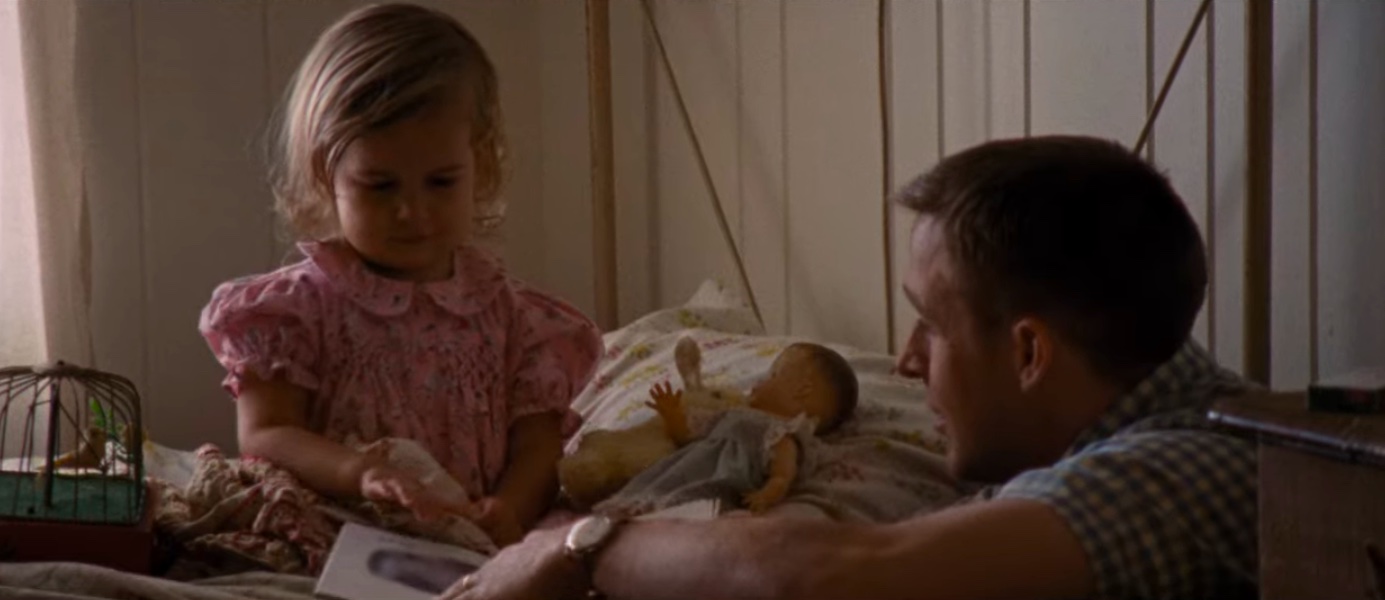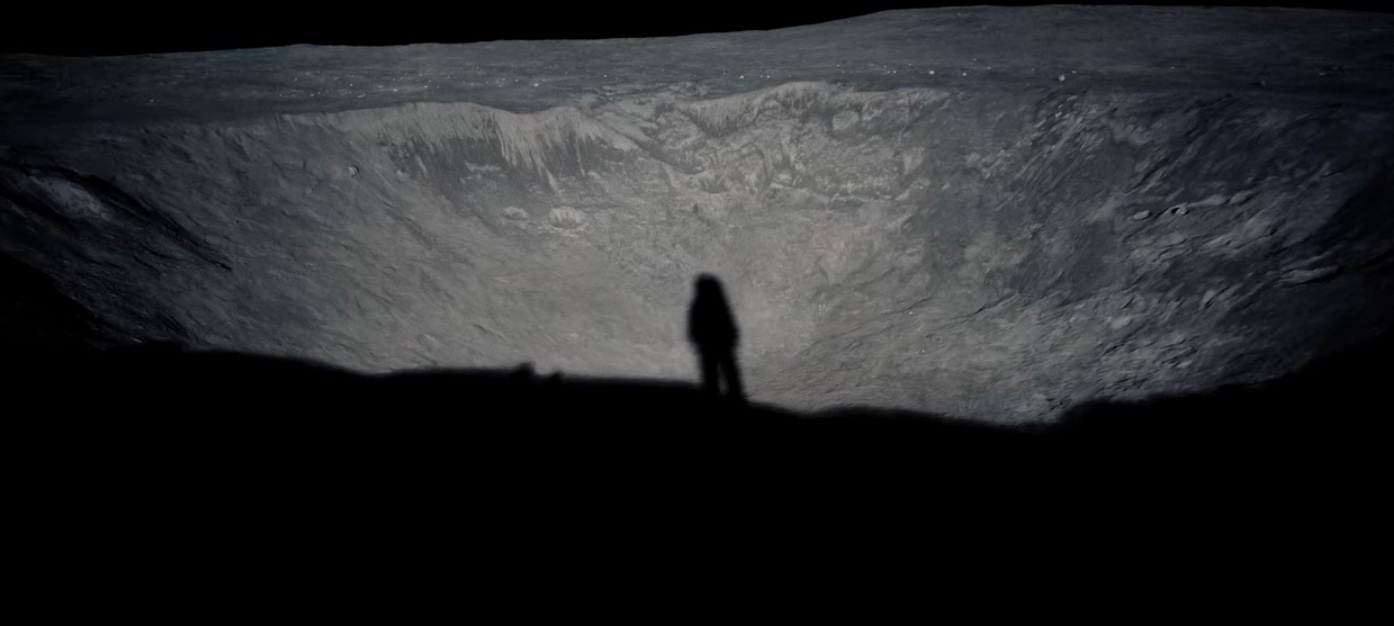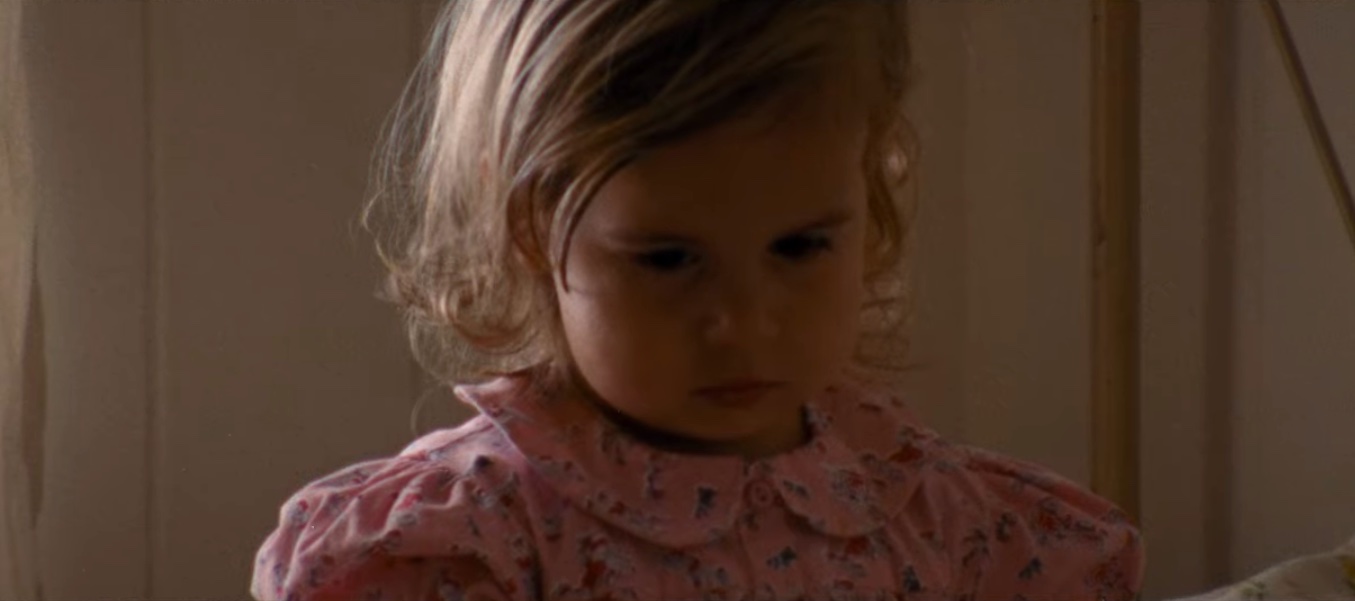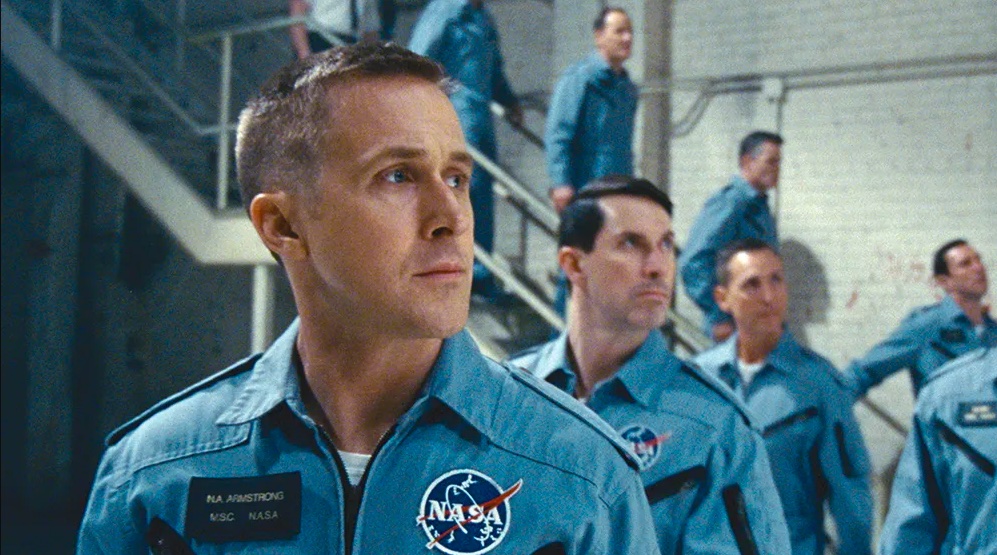In 2018’s ‘First Man,’ Ryan Gosling brings Neil Armstrong’s journey to becoming the first man to set foot on the Moon to life. The historic event took the world by storm, but it was more than a decade in the making, which the film focuses on. Apart from the physical and mental ordeal that the training puts him through, Armstrong also has to deal with his grief stemming from the tragic death of his daughter. At the end of the film, when Armstrong reaches the Moon, he drops his daughter’s bracelet in the crater as a symbol of his love. Considering that the movie is very faithful to real events, this scene is bound to make one wonder if Armstrong really left his daughter’s bracelet on the Moon.
Neil Armstrong Taking His Daughter’s Bracelet to the Moon is Not a Proven Fact
While most of the movie is based on real events, Neil Armstrong leaving little Karen’s bracelet on the Moon is conjecture. Screenwriter Josh Singer revealed that he took a creative license with this scene, but it is not completely baseless. The movie is based on James R. Hansen’s biography of Neil Armstrong, ‘First Man: The Life of Neil A. Armstrong.’ This is the only official biography of the astronaut and was written following extensive interviews with Armstrong, his family, and friends.

In his conversations with Armstrong, Hansen discovered that his love for Karen was an important part of his life and journey, and at one point, he started to wonder if the man would have liked to pay tribute to his daughter by taking something of hers to the Moon. This theory holds more ground on the fact that astronauts were allowed to have a Personal Preference Kit (PPK) in which they could take their personal artifacts to the Moon. Reportedly, Armstrong’s PPK contained a piece of wood and fabric from the Wright Brothers’ first flight and a diamond-studded astronaut pin from the widows of the Apollo 1 crew. He also confirmed having Apollo 11 medallions, a gold olive branch pin from his wife and mother, his college fraternity pin from Purdue, and “some things for other people.” All of this was jotted down in a manifesto.
Armstrong never confirmed with Hansen about the bracelet or anything else of his daughter that he took to the Moon with him and left in the crater. This might have been because he had always been a private person, and while he became an open book for the biography, there were still some things that he wanted to keep for himself. To confirm his suspicions, Hansen asked if he could see a copy of the manifesto, but it turned out that Armstrong had misplaced it. He couldn’t find it, and hence, it could not be confirmed exactly what he had taken with him. A copy of the manifesto is in the Purdue Archives and is under seal until a specified date.
Despite the lack of confirmation, Hansen couldn’t shake the feeling that Armstrong took something of his beloved daughter, too. He asked his sister, June, about it, to which she said, “I dearly hope so.” Armstrong passed away before revealing the contents of his manifesto, which remain unknown to this day, and hence, it cannot be confirmed whether Karen’s bracelet or something else belonging to her was taken to the Moon.
Armstrong’s Unaccounted for Minutes Give More Grounds to the Crater Scene

When Jim Hansen wrote thoughts about the bracelet in his book, the filmmakers used it as a sign to make Armstrong and his daughter’s bond more prominent in the movie and to bring it full circle with the crater scene. In one version of the script, Armstrong took Karen’s shoes to the Moon, but eventually, the filmmakers settled on the bracelet. What gives more realism to the scene is that there were about ten minutes where Armstrong went radio silent and spent some time at the crater where no one knew what he did.
Neil Armstrong and Buzz Aldrin walked on the Moon for about two and a half hours. Around the end of their trip, Armstrong saw a little crater and walked towards it. It was about three minutes from their landing site, and for his journey to and from there and the few minutes he spent there, Armstrong went out of contact with Aldrin and Mission Control. He took a few photos of the crater, but no one knew what else he did there. Damian Chazelle saw this gap in Mission Control’s info on Armstrong’s actions on the Moon as an opportunity to add a bit of fiction to an otherwise real story, as it meant that no one could prove or refute what happened on the crater.

Only Armstrong knew about it. Couple this with the unknown objects in his manifesto, and it seems logical that he took something of his daughter and left it on the crater as a tribute to her. Armstrong did talk about the crater and revealed that when he saw it, he felt that his daughter would have loved to slide down it. He even named the crater after her, Muffie’s Crater. This shows that she was in his thoughts at the moment, further giving more weight to the theory of him leaving something of hers on the crater named after her.
This same connection must have been made by Hansen, which was then seen by Singer, who included the scene in the movie. Singer added that he would have never included the crater scene if he didn’t feel that there was some weight to the argument. If Hansen hadn’t talked about it in his book, it probably wouldn’t have made it to the screen either. But the fact that it did is seen positively, especially by the filmmakers. For Chazelle, the scene represents the heart of the film, and the fact that it cannot be confirmed, that only Armstrong really knew what happened there, makes the moment even more intimate and beautiful, which is what the scene intended.
Read More: Rick and Mark Armstrong: Where are Neil Armstrong’s Sons Now?


You must be logged in to post a comment.